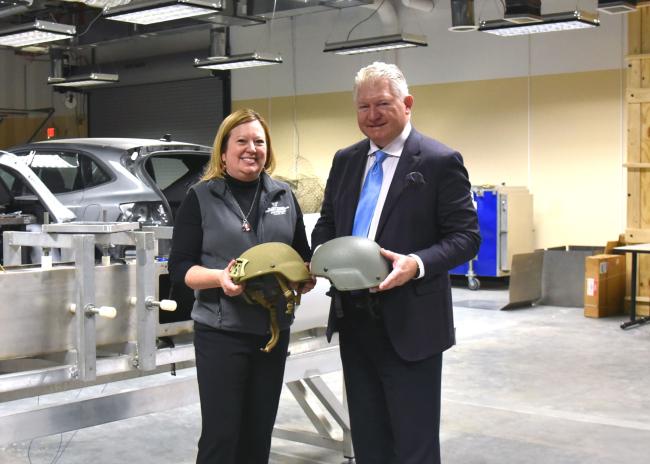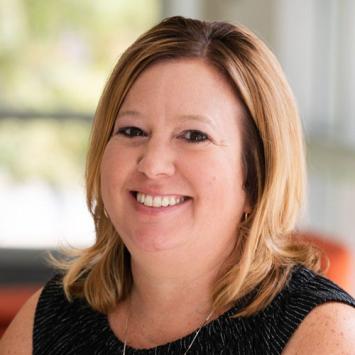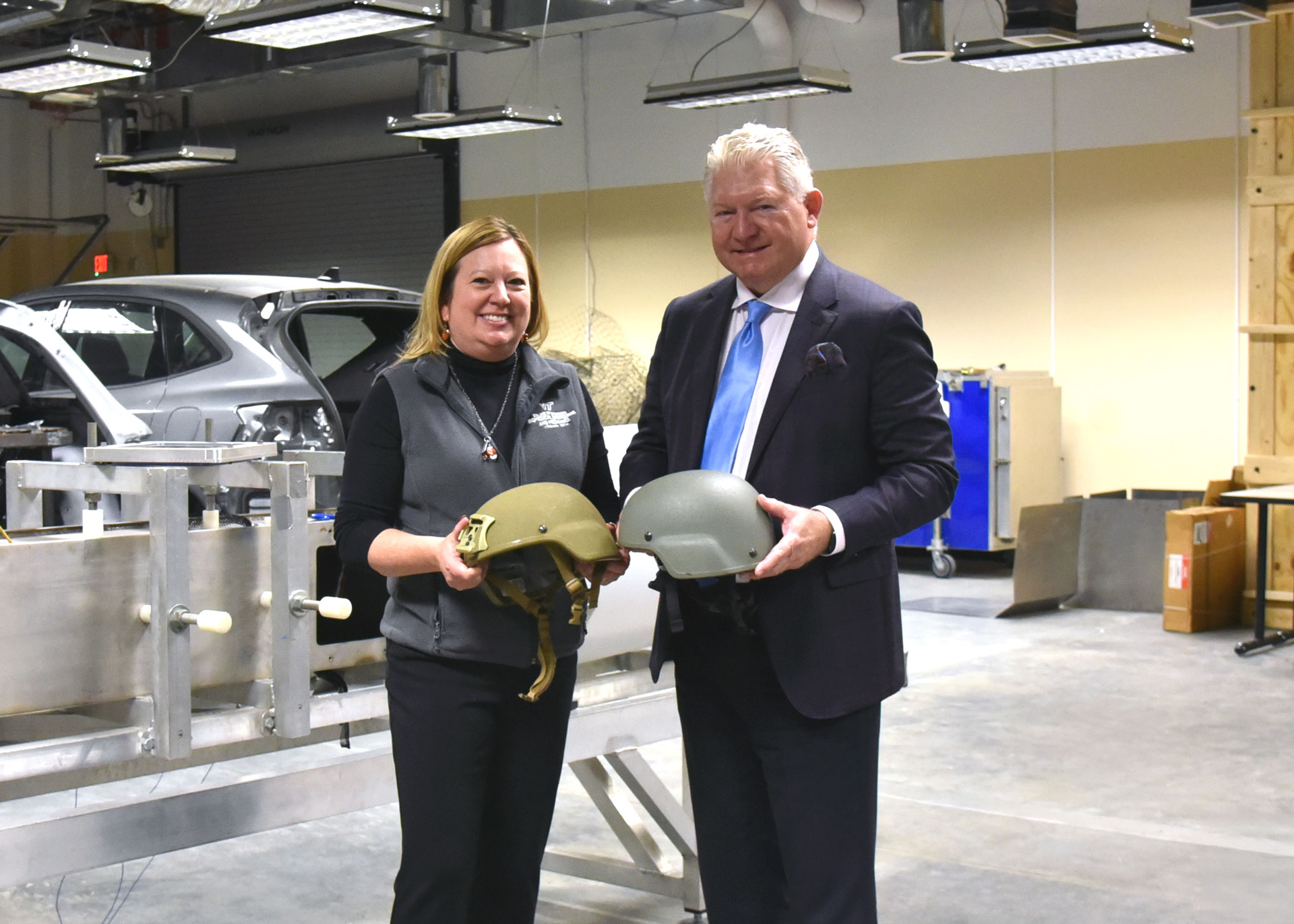
Gunnar Brolinson, DO, VCOM’s vice president for research, is the principal investigator on a research project that has recently been funded by the National Institutes of Health (NIH). The grant is $2.17 million over five years and the project is a collaboration with Pamela VandeVord, PhD, who heads up the Traumatic Nerve Technologies (TNT) Lab and Jennifer Munson, PhD, in the Department of Biomedical Engineering and Mechanics (BEAM) at Virginia Tech. As a clinician, Dr. Brolinson is particularly interested in how diseases and conditions affect the human brain and how osteopathic techniques can provide treatments.
About a decade ago, Dr. Brolinson collaborated with Blaise Costa, MPharm, PhD, and Hope Tobey, DO, to develop a model to study the impact of cranial osteopathic manipulative medicine (cOMM) on Alzheimer’s on rats. They discovered that the rats that received cOMM had improved mood, memory and lower anxiety. The internally funded pilot study was so successful that it won a grant from the American Osteopathic Association (AOA) and National Institutes of Health (NIH). It also got Dr. Brolinson thinking if the cOMM techniques would have the same positive impact on brains that had suffered a traumatic brain injury (TBI).
Like all osteopathic physicians, Dr. Brolinson has seen firsthand the positive result of OMM to serve as a non-invasive and non-pharmaceutical treatment for a wide variety of conditions. Cranial OMM has been performed for years, but Dr. Brolinson says that the neurobiological mechanisms of why it works aren’t well understood. Studying those mechanisms could go a long way toward helping people suffering from TBI because it could lead to new treatments.

Traumatic brain injury is a huge problem, not just in this country, but worldwide. And there is no real treatment for it. There isn’t medication for concussion, just rest and gradual resumption of activity. A novel, non-invasive, gentle OMM technique is potentially revolutionary.
Dr. Brolinson reached out to Pam VandeVord, who studies the complex mechanisms of injury to the brain. Together, they applied for and received intramural funding from VCOM and the Institute for Critical Technology and Applied Science (ICTAS), an investment institute that advances Virginia Tech research by connecting researchers with resources that will help them maximize the scope and impact of their work. The intramural funding allowed the team to develop the data that would be needed to get additional funding from other organizations—like the NIH. Their team worked on this preclinical TBI research for about five years and submitted grant proposals to the NIH and other funding agencies a handful of times before being successful.

Cranial OMM has the potential to have a positive impact on TBI patients for which headaches are the most common symptom. The NIH award will help us foster research collaborations between engineers and osteopathic clinicians to develop innovative strategies that promote recovery.
The NIH grant is particularly noteworthy because it supports osteopathic research, which typically gets less funding than other types of medical research. One reason for that may be that agencies like the NIH have fewer osteopathic physicians on their boards and committees. As a result, there may not always be enough expertise to understand the value of osteopathic techniques when the committees are reviewing research submissions. “It is really important for osteopathic clinicians and scientists to become more involved in the fabric of the NIH,” Dr. Brolinson observes. “When they’re reviewing a grant to study osteopathic manipulative treatment (OMT), for example, and there is an osteopathic physician or scientist on the review panel, there’s an expert who understands what OMT is.”
Another reason that osteopathic research may get less funding is that osteopathic medical schools have typically focused on educating great clinicians, rather than great researchers. However, with the advent of combined ACGME residencies into a single pathway, osteopathic medical schools like VCOM are giving their students more opportunities to participate in high-level research. “Program directors are looking for students who have done research in their medical school programs,” Dr. Brolinson says. “It helps to differentiate students, particularly since medical education is going increasingly toward pass-fail. Research allows osteopathic students to be as competitive as students from allopathic institutions that have long histories of high-value research.”
As a result, this funding from the NIH is important—not just for VCOM, but for the osteopathic profession. “NIH is widely regarded at the top tier of funding in research, so you can’t underestimate the impact of getting NIH funding has on the impact of your research profile,” Dr. Brolinson says. He’s also grateful for the teamwork that is a key part of this kind of research. “I don’t do this by myself. We have a big team working on this project. Put together great teams of collaborators and great things happen.”
VCOM President Dixie-Tooke Rawlins, DO, FACOFP, and its board chairman John Rocovich, Jr., JD, LLM, have been incredibly supportive of research at VCOM. The College provides more than $1.3 million annually to researchers, and their proposals are reviewed in a competitive process to ensure that the College is engaged in high-value research. This kind of seed funding allows researchers to gather data, which is critical to successfully receiving funding from agencies like the NIH, the American Osteopathic Association, the United States Department of Defense, and the Centers for Disease Control. VCOM has several funding programs across its four campuses, many of which are collaborative with other universities and medical partners.
